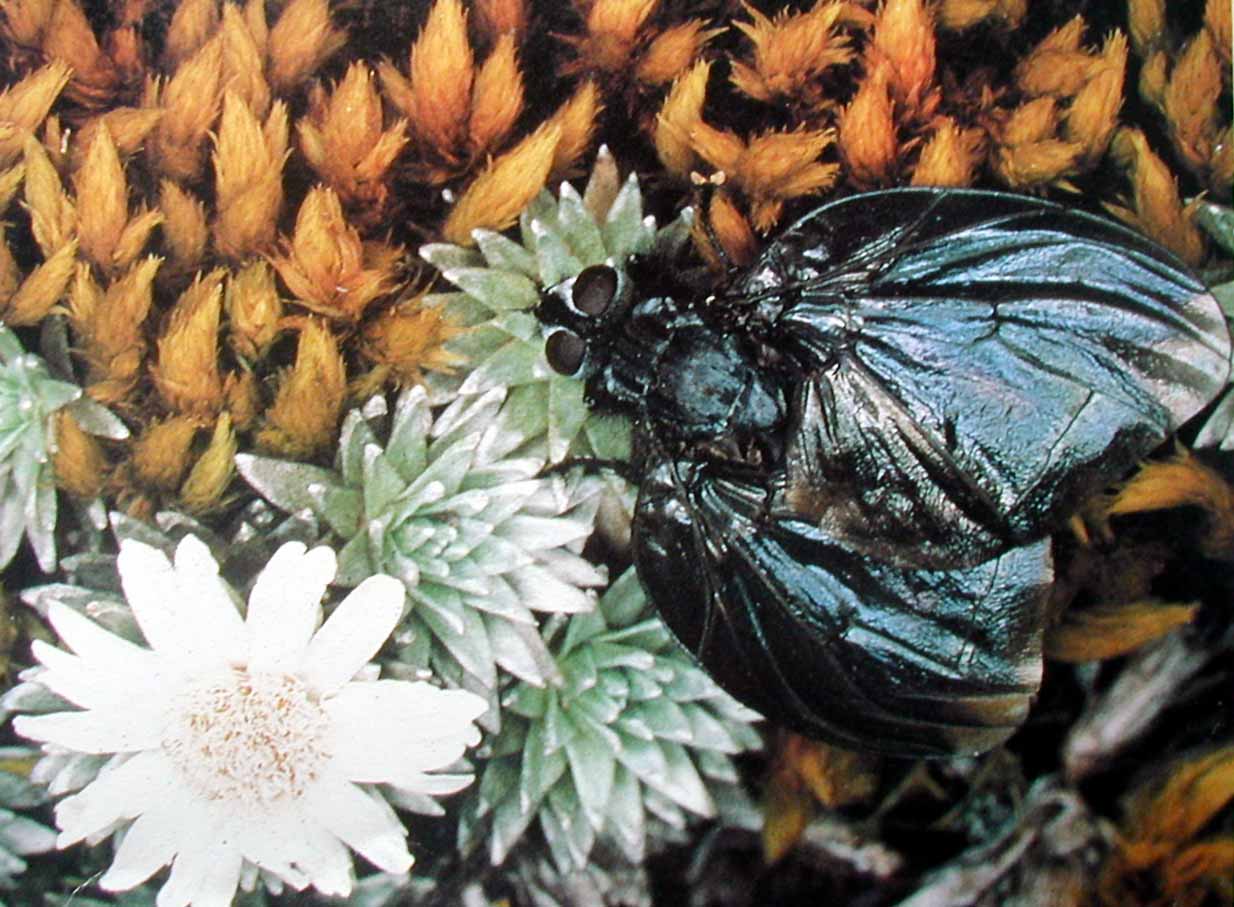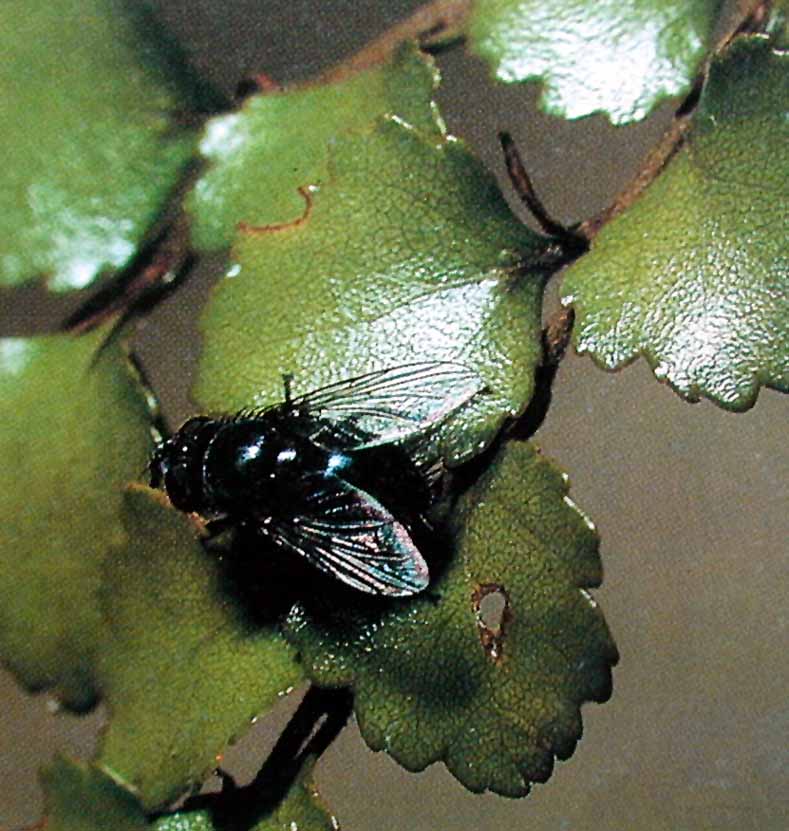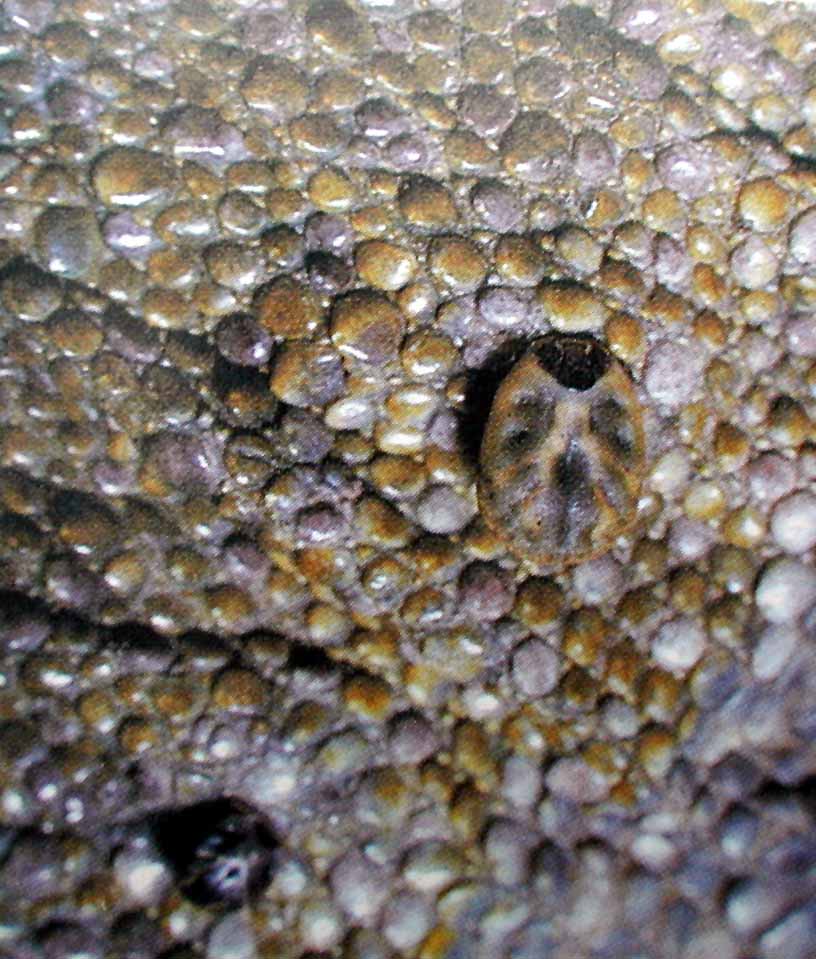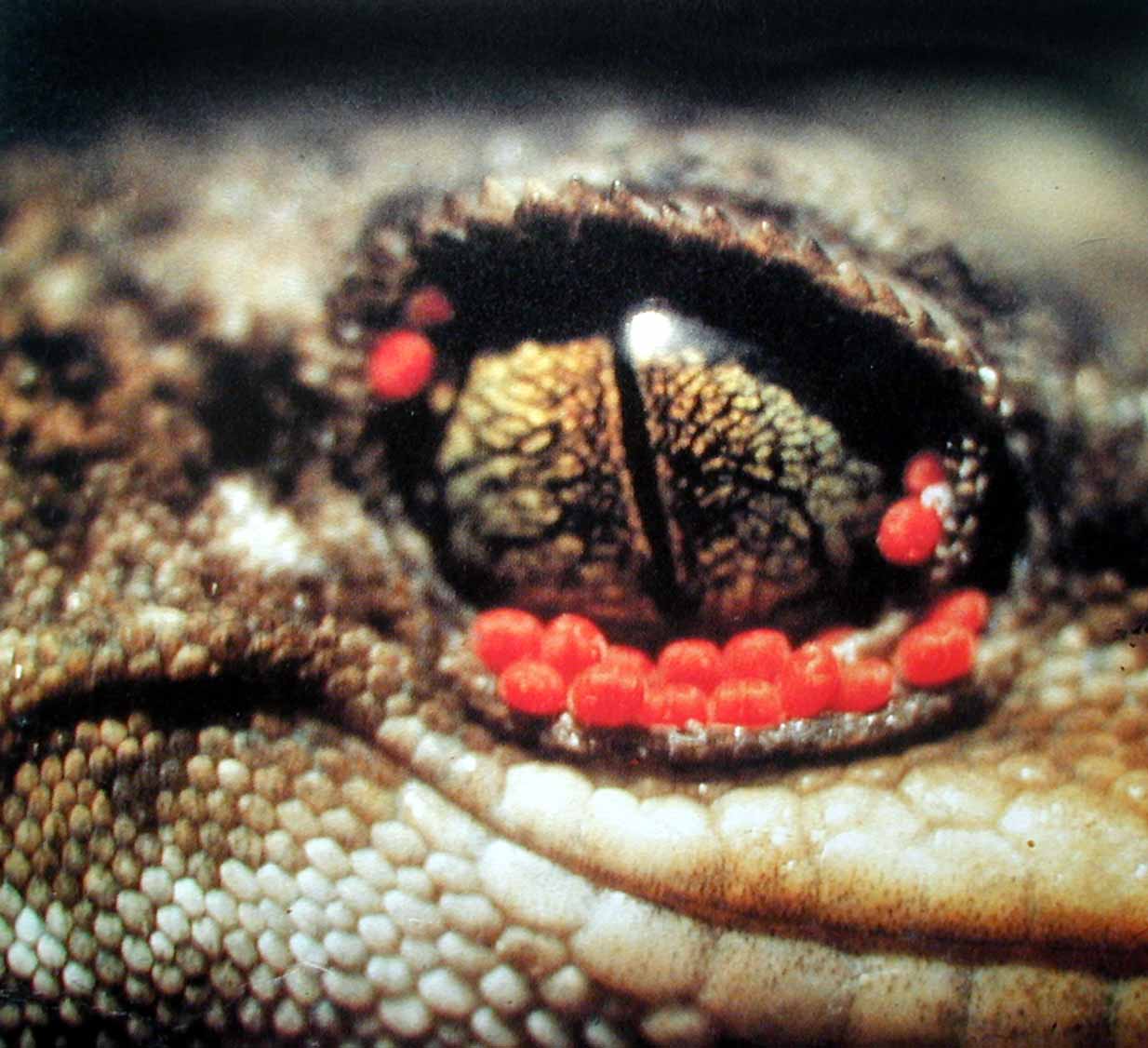Forgotten Fauna
Chapter 5
Nothing in nature stands alone ...
(John Hunter 1786)
Parasitism and commensalism are two of the many complex "give and take"
relationships which occur between animals. A parasite lives either internally
or externally off the blood and tissue of its host, often to the latter's
detriment.
Batwinged cannibal fly
Exul singularis

Among the Diptera, or two-winged flies, the most bizarre are
the Anthomyidae or cannibal flies which, as the name suggests, have predatory
habits.
Ringlet parasite
Pales sp.

Among the dipteran parasites, the tachinid flies are the most conspicuous;
their larvae are universally parasitic, attacking the larvae, nymphs, and
sometimes adults of various insects.
Bat fly
Mystacinobia zelandica

Like the moa, kiwi, and tuatara, the bat fly, along with its sole provider
the short-tailed bat, is unique to New Zealand. It has no close relative
in the world that could indicate its place of origin.
Tuatara tick
Aponomma sphenodonti

Ticks are blood-feeding parasites

Blood-sucking mites (Geckobia hoplodactyli) on Duvaucel's gecko.
Photo: Tony Whitaker